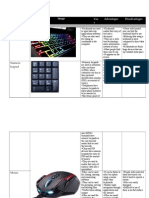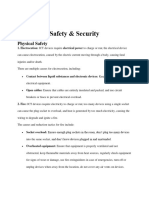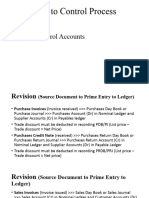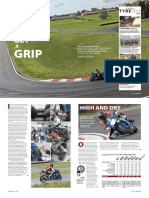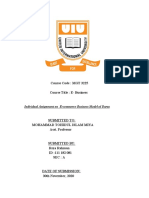0% found this document useful (0 votes)
33 views15 pages2 Input&OutputDevices
The document discusses various input devices used with computers including keyboards, mice, touchscreens, scanners, digital cameras, microphones, and sensors. It describes the uses, advantages, and disadvantages of each device.
Uploaded by
Hsu Lae NandarCopyright
© © All Rights Reserved
We take content rights seriously. If you suspect this is your content, claim it here.
Available Formats
Download as PDF, TXT or read online on Scribd
0% found this document useful (0 votes)
33 views15 pages2 Input&OutputDevices
The document discusses various input devices used with computers including keyboards, mice, touchscreens, scanners, digital cameras, microphones, and sensors. It describes the uses, advantages, and disadvantages of each device.
Uploaded by
Hsu Lae NandarCopyright
© © All Rights Reserved
We take content rights seriously. If you suspect this is your content, claim it here.
Available Formats
Download as PDF, TXT or read online on Scribd
/ 15



















































